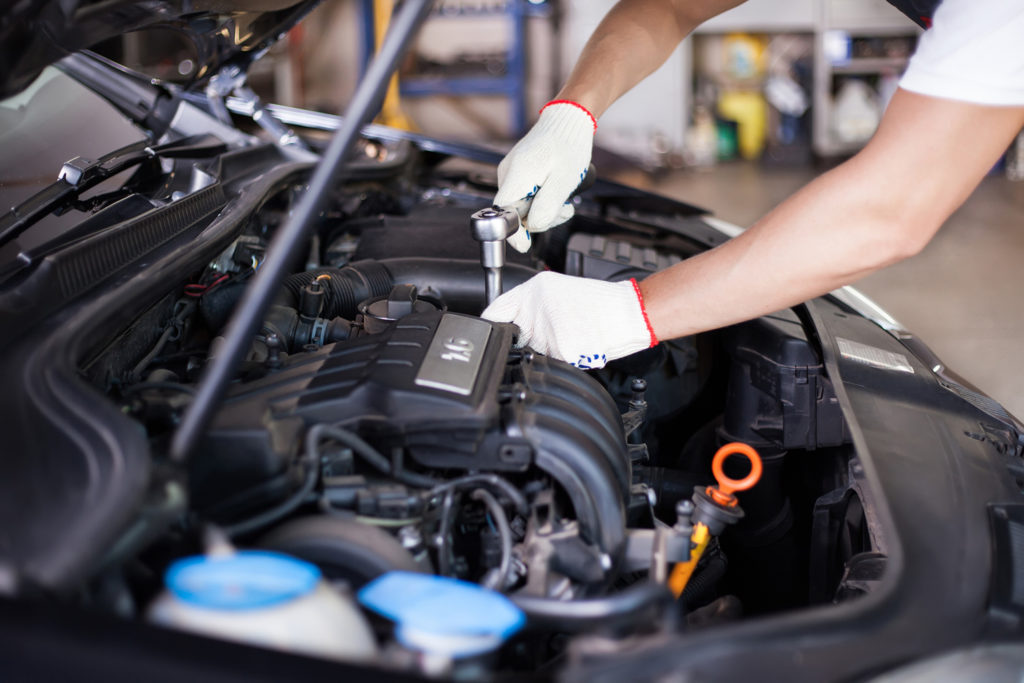Safe driving and asset tracking are major concerns for companies that manage fleets. But it’s one thing to know your risks and another to mitigate them. One of the best ways to improve your operations is to use IoT solutions. These sensors provide instant connectivity and data for everything from equipment location to engine maintenance. Learn about six ways that IoT can finetune your efficiency, productivity, and safety.


1) Equipment Tracking – Let’s say you are a construction company with multiple job sites, and you need a generator delivered from one location to another. Without IoT, you are stuck calling around to locate where that equipment is. But with an IoT sensor, the tracking work has been done for you. You gain instant efficiency by knowing precisely where an asset is.
2) Construction Billing – Want to eliminate self-reporting or manual paperwork for billing? IoT can accurately report engine hours. For example, a backhoe has been at a site for five days and has logged 28 hours of engine operation. Because this data is generated by a sensor and not a human, it’s objective – something both you and your client will appreciate.


3) Route Geofencing – Wouldn’t it be nice if you could create a virtual perimeter around your drivers? IoT sensors can continuously report a driver’s location so you know if and where they go off route or waste time. One customer discovered that his people would park and idle for 20-30 minutes at a gas station before arriving at the job site – a waste of fuel and labor time. So the owner put a geofence around all convenience stores and now gets an alert if anyone is there over 10 minutes.
4) Safe Driving – Are your drivers acting safe behind the wheel? An IoT app can tether the driver’s phone to the vehicle, documenting if they are speeding, slamming on the brakes, or flooring the accelerator. It can even determine if they are supposed to be on the route but have taken a call or swiped open their phone. All of this data can be used to lower your risk of accidents, damaged vehicles, and even lawsuits.
5) Driver Training – This same data is invaluable for performance reviews. If an employee has a history of harsh driving, the proof of those bad habits can’t be ignored. It’s an opportunity for management to step in and provide additional training. Or if there’s enough evidence of reckless driving, then it’s groundwork for termination.


6) Vehicle Diagnostics – IoT can help you manage the expense of fleet maintenance. Get ahead of problems instead of reacting to them. Especially if your drivers are reluctant to report an issue, rely on an embedded sensor that provides instant alerts instead. A central portal tracks everything from temperature warnings and last oil change to current mileage and notifications for factory recalls.
The great thing about IoT is that you can start small. You don’t have to equip every vehicle or asset with a sensor. Target one area of your operations that you want greater insights into and add a handful of sensors – you’ll be surprised by how quickly you generate actionable data.
For more insights on safe driving and IoT, read our post on 3 Ways to Define Your Safety Culture.

